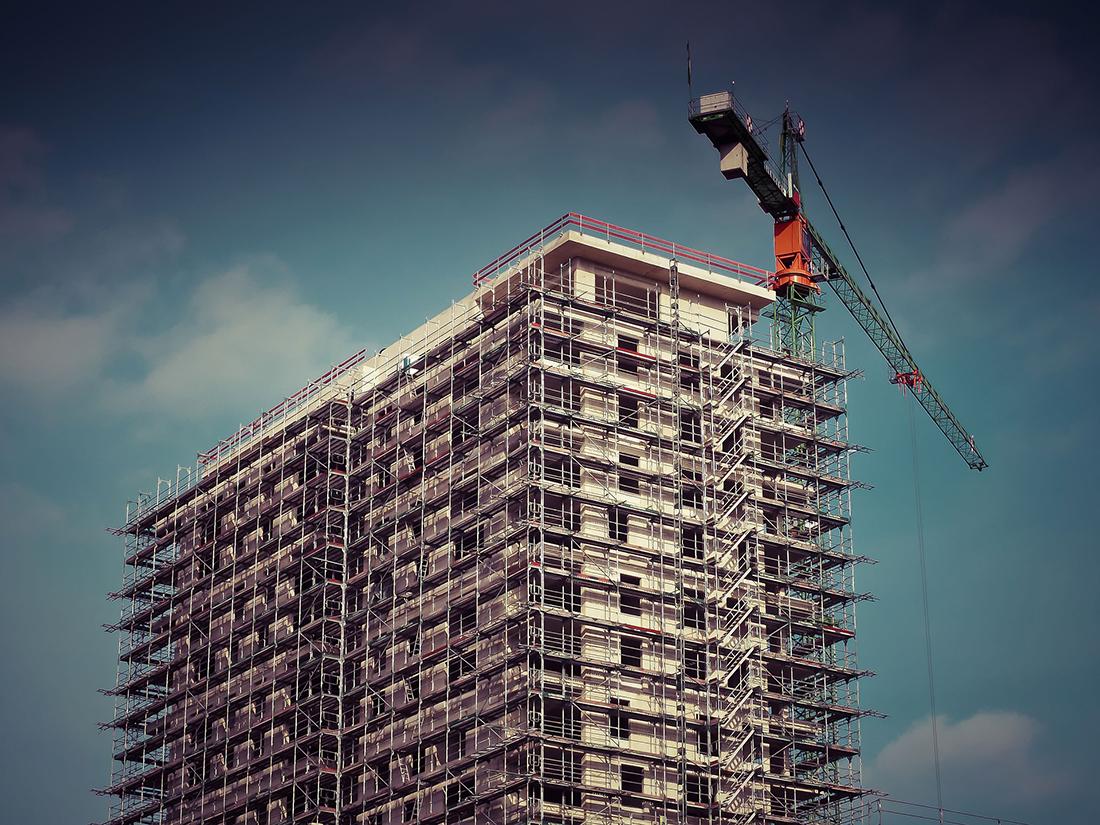Building a Safer Future: Dame Judith Hackitt's review of the building regulations published
The interim report published in December 2017 by Dame Judith Hackitt identified that the current system of building regulations and fire safety was not fit for purpose and that a culture change was required to support the delivery of buildings that are safe, both now and in the future.
The 159-page final report was published on 17 May 2018 and is designed to ensure a stronger focus on creating and maintaining safe buildings. It makes recommendations to strengthen regulatory oversight to create both positive incentives to comply with building safety requirements and to effectively deter noncompliance.
It is also implicit that industry must clarify roles and responsibilities, raise and assure competence levels, and improve the quality and performance of construction products. Residents must feel safe and be safe, and must be listened to when concerns about building safety are raised.
Next steps
Dame Judith states that "Implementing the package proposed in this report may take some time. Whilst some of the recommendations can be delivered in the short term, some will require primary legislation and in the meantime industry must start ‘living’ the cultural shift that is required – the most important element of achieving that will be leadership from within industry.
"It is therefore important that government develops a joined-up implementation plan to provide a coherent approach to delivering the recommendations in this report."
LABC’s Chief Executive, Paul Everall, said, “It is clear that allowing developers to choose their own regulators has to stop. Dame Judith has a clear way forward which LABC supports fully and we have already put in place the steps needed to move to a completely independent and competent regulator.
"Public service building control has the skills, competencies and the capacity to deal with the regulation of all buildings in the scope of the Review and we will be working across the industry disciplines to make the new regime work as effectively as possible.”
Key recommendations in the Hackitt report
The recommendations made to Government covered the following topics;
The key parameters of a new regulatory framework
- A new regulatory framework focused, in the first instance, on multi-occupancy higher risk residential buildings (HRRBs) that are 10 storeys or more in height
- A new Joint Competent Authority (JCA) comprising Local Authority Building Standards, fire and rescue authorities and the Health and Safety Executive to oversee better management of safety risks in these buildings (through safety cases) across their entire life cycle
- A mandatory incident reporting mechanism for dutyholders with concerns about the safety of a HRRB
Improving the focus on building safety during the design, construction and refurbishment phases
- A set of rigorous and demanding dutyholder roles and responsibilities to ensure a stronger focus on building safety
- A series of robust gateway points to strengthen regulatory oversight
- A stronger change control process
- A single, more streamlined, regulatory route to oversee building standards
- More rigorous enforcement powers
Improving the focus on building safety during the occupation phase
- A clear and identifiable dutyholder with responsibility for building safety of the whole building
- A requirement on the dutyholder to present a safety case to the JCA at regular intervals
- Clearer rights and obligations for residents
- A regulator for the whole of the building (the JCA) in relation to fire and structural safety in occupation who can take a proactive, holistic view of building safety and hold dutyholders to account with robust sanctions where necessary
Giving residents a voice in the system
- Providing reassurance and recourse for residents of all tenures
Setting out demanding expectations around improved levels of competence
- The construction sector and fire safety sector demonstrating more effective leadership for ensuring building safety amongst key roles including an overarching body to provide oversight of competence requirements
Creating a more effective balance between government ownership of building standards and industry ownership of technical guidance
- Moving towards a system where ownership of technical guidance rests with industry
- A package of regulations and guidance that is simpler to navigate but that genuinely reflects the level of complexity of the building work
Creating a more robust and transparent construction products regime
- A more effective testing regime with clearer labelling and product traceability
Creating a golden thread of information about each HRRB
- Obligating the creation of a digital record for new HRRBs from initial design intent through to construction and including any changes that occur throughout occupation
- Tackling poor procurement practices
- Ensuring continuous improvement and bestpractice learning through membership of an international body
The recommendations in the report relate predominantly to HRRBs which will be overseen by the new JCA. However, it is made clear where the review believes that there would be merit in certain aspects of the new regulatory framework applying to a wider set of buildings.
Sign up to the building bulletin newsletter
Over 48,000 construction professionals have already signed up for the LABC Building Bulletin.
Join them and receive useful tips, practical technical information and industry news by email once every 6 weeks.
Subscribe to the Building Bulletin




Comments
Hackitt Report
Submitted 5 years 9 months ago
30 years ago the fire service [professional experts] recommended sprinkler systems in all new buildings. Also they recommended a programme introducing sprinkler systems to all buildings. THEIR RECOMMENDATIONS FELL ON DEAF EARS.
The avoidable deaths at Glenfell Tower should have moved the government and industry into full scale action and not the pathetic response we've had.
Add new comment